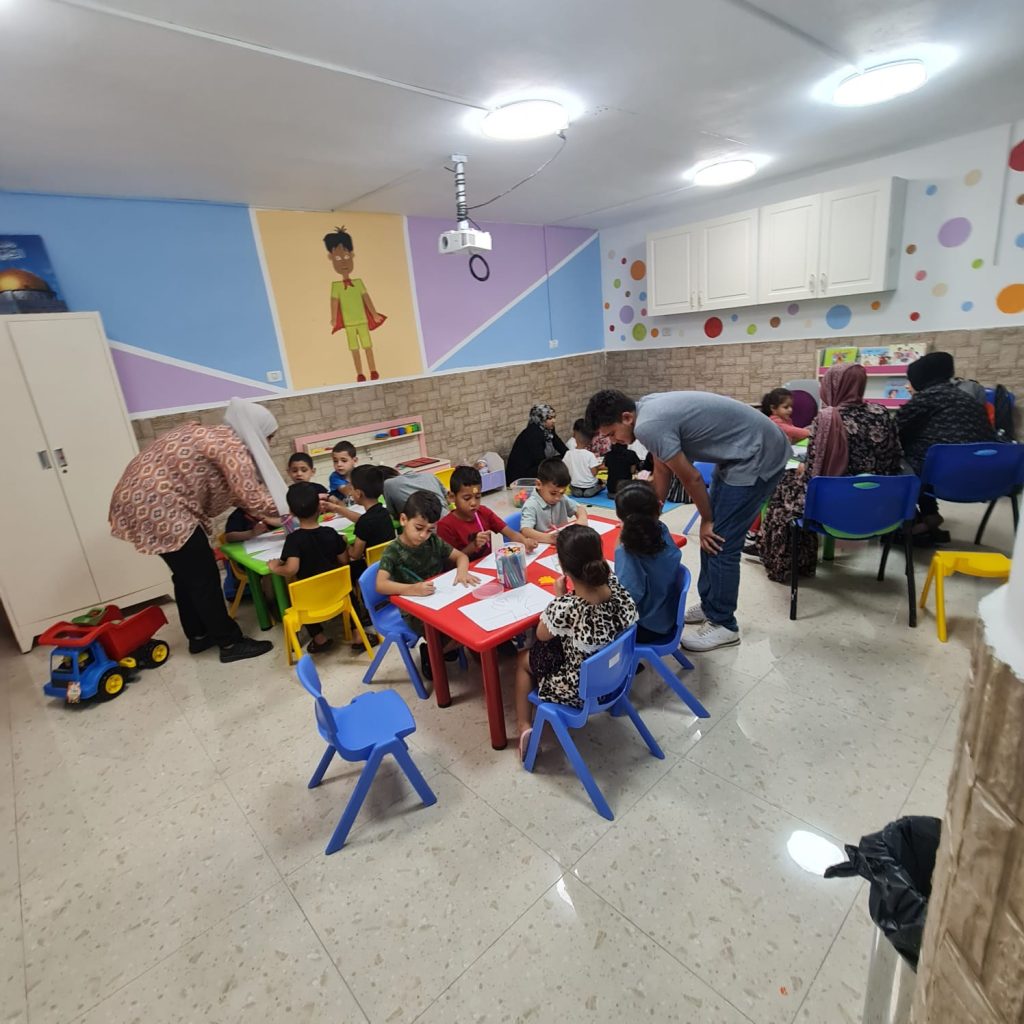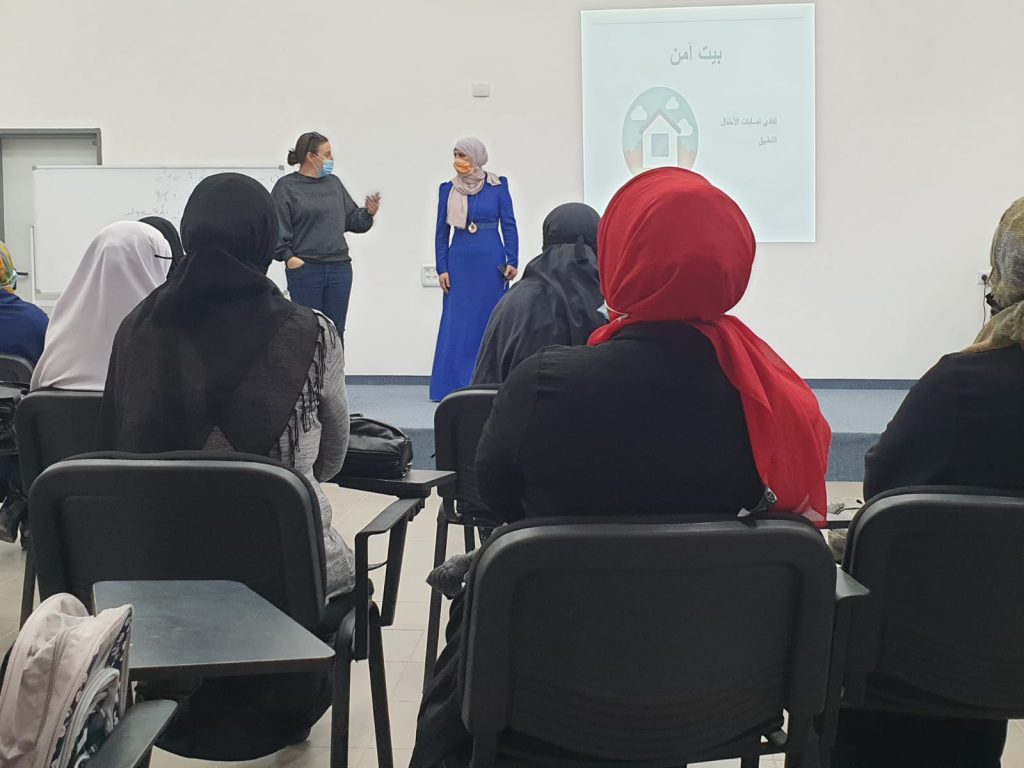
Menu


Bedouin children from the South of Israel are 19x more at risk of dying in a home accident than a Jewish child.
The infant mortality rate in Arab-Bedouin society in the Negev is three times higher than its rate in Jewish society in Israel.
Each year, for every Jewish child, 5 Bedouin children die as a result of sustaining injuries in or around the home.
55% of deaths among Bedouin children are caused by accidents at home and in the front yard.
In light of this alarming data, and in an attempt to reduce the number of these incidents, AJEEC has launched a comprehensive program for the prevention of home accidents in the Bedouin community in 2018. The program focuses on common accidents: being run over by a reversing vehicle, drowning, burns, and poisoning.
In collaboration with “Beterem – Safe Kids Israel” and the “Matan” organization, utilizing the findings of “ICL Group”, AJEEC has built a program that offers a detailed, culturally competent information source for Bedouin society, which provides knowledge and tools regarding precautions against and prevention of serious household accidents.


The program includes multiple activities, trainings, and workshops that appeal to a variety of audiences in Bedouin society – young parents, women, youth, resilience teams, local religious leaders, community leaders, and other groups and individuals serving as key change ambassadors in the community. Every year, this program directly benefits 5,500 children, women, men, and religious leaders.
Concurrent with stakeholder activities, information campaigns are carried out among the entire Bedouin population in the Negev through advertising campaigns on social networks in order to raise general awareness of the rules of child safety and to prevent children from being injured in accidents.
The data obtained from “Beterem – Safe Kids Israel” demonstrates that in the three years of its operation, the program has managed to reduce the rate of injuries in the community by 2.5% compared to previous years.